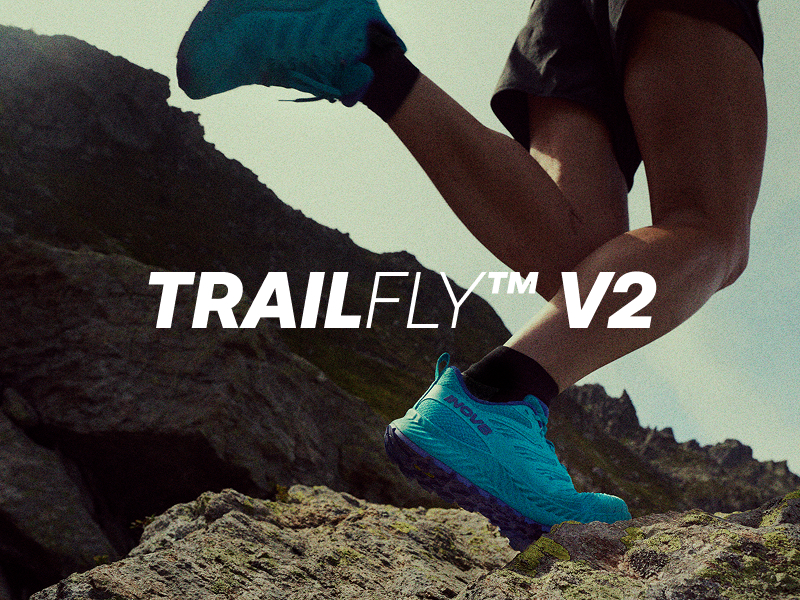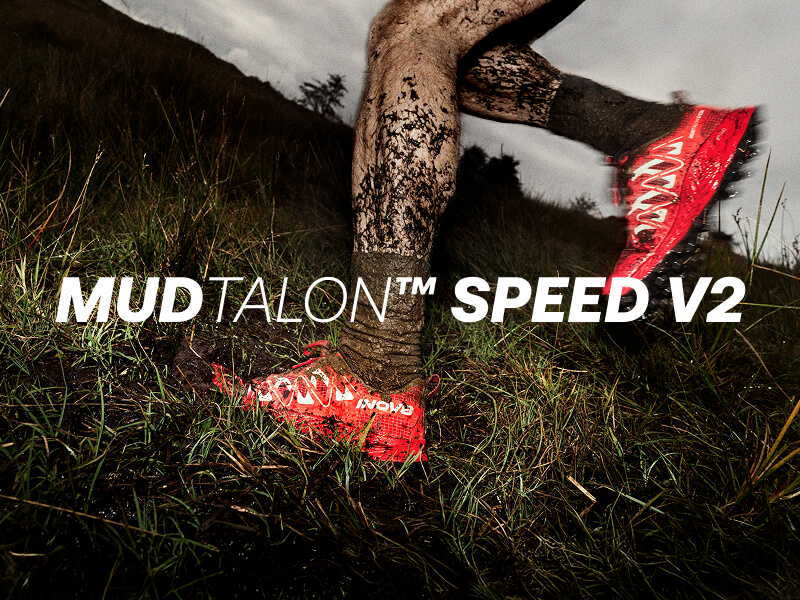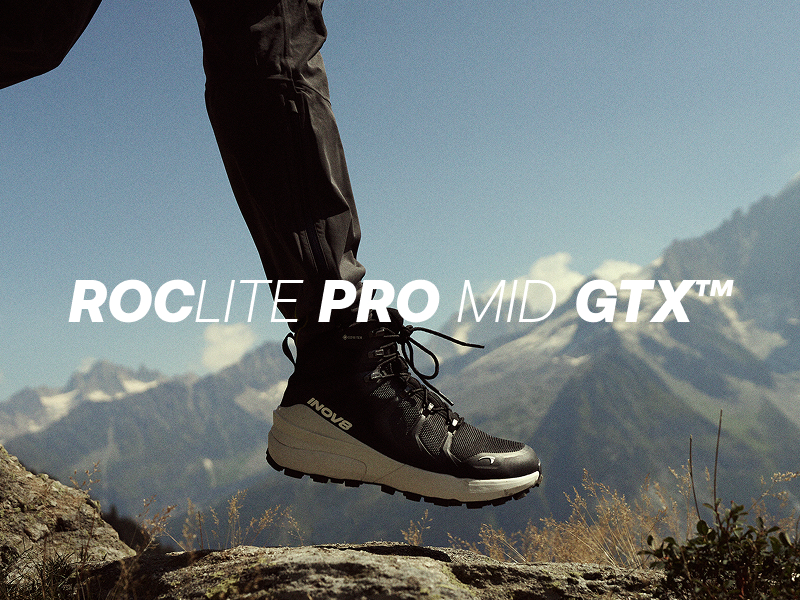
Tired of the same old road run, looking to mix it up with some trail action but don’t know where to start? Well, with the addition of the new PARKCLAW G 280 to our range of road-to-trail running shoes, there’s never been a better time to turn off the road and embrace your inner wild side. You may be surprised at how many adventures can be had from your door.
ROAD OR TRAIL, WHY DO BOTH?
Unless you’re one of the extraordinarily lucky individuals who can rack up some insane road mileage injury-free, the repetitive nature of road running often takes a toll on the body. Switching it up with some trail running, engages different muscle groups and minimises the chances of a repetitive strain injury and helps you run harder for longer. A blend of both road and trail also helps keep your running routine fresh, meaning there is less chance of you getting bored and loosing focus.
Running in nature has also been proven to help clear the mind of stress and to help improve your overall mental health, as well as your physical health. Finding local trails from your door is probably a lot easier than you thought – and you may well be surprised at how many there are. So, where do you start?
DO YOUR RESEARCH
The quickest way to discover your local trails, other than lacing up and heading out the door, is to go online. There are a number of handy apps - such as OS Maps, Komoot, MapMyRun, AllTrails, The Trail Run Project and more – that can help you locate great trails around you.
And, if you really love to geek out on data – Strava heat maps can be another great place to look, as are the similar features on Suunto and Garmin Connect. They’ll show you where other runners are running locally and you’ll be able to find routes you may never have known where there. Just one watch out - if you do find a route on a map that you think looks good, but no other runners are using, there might be a very good reason.
GET A MAP
It’s always a good idea to buy a good quality map of the area you plan to run in. Phone batteries can die while you are out on the trail, but a printed map can always be relied on. We’d recommend waterproof Ordinance Survey 1:25,000 (OS 1:25k) scale maps, but even a A4 print out in a sealed bag would do the trick. Learn to read the map before heading out, it will give you a whole new way to explore whilst out and about.
LOOK FOR SIGNS
If you like a more relaxed approach and prefer to just pop a phone and map in your waist belt and head out the door, that can be a refreshing way to find new paths and trails. In England, counties are obligated to signpost footpaths, bridleways and other byways – so watching out for the signs and then seeing where they lead can be a really fun way to explore. Just make sure you always take a spare layer of clothing, charged mobile phone and some money in case you end up adventuring a little too far from home… it’s happened to the best of us.
MAKE IT FUN
Are you an avid road to trail runner, who know your area well? INOV8 ambassador James Forrest has a great idea for something a little different: Take a map, preferably an Ordnance Survey (1:25,000) map of your local area and put a mark where you live. Next, draw a circle with a 5km radius around your home. Study the map carefully and pick out 5 features within the circle you’d like to visit, ensuring a good spread to the north, east, south and west. Circle them and, for each one, plan a circular route from your door to the feature. Try to pick new roads and trails for each of the 5 routes. Once you’re done, and if you’d like to make your run a little longer, extend the radius from where you live and pick out another 5 features.
If you’re new to trail running, and need a little more advice before you get started, check out our Beginner’s Guide to Trail Running.










